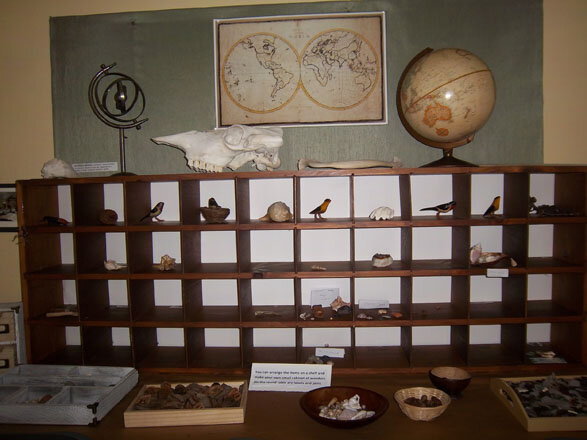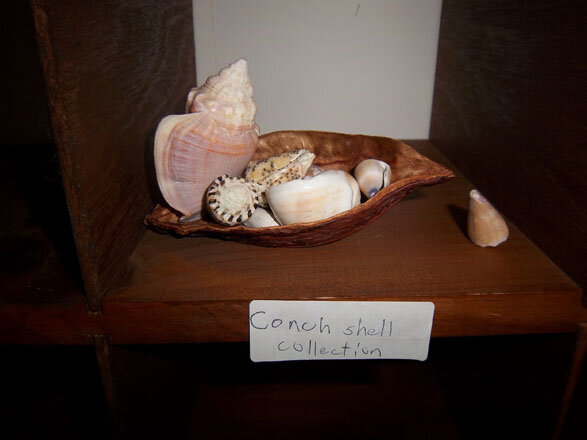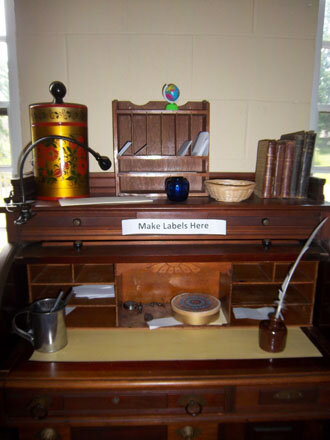Created by Historic Deerfield Museum Education Staff Members, Claire Carlson and Faith Deering.
Download a PDF version of this activity.
Welcome to Week Two of Maker Mondays from Historic Deerfield. Check your social media feed or look for an email from us every Monday for a fun activity that you can do at home, inspired by history and using common household items.
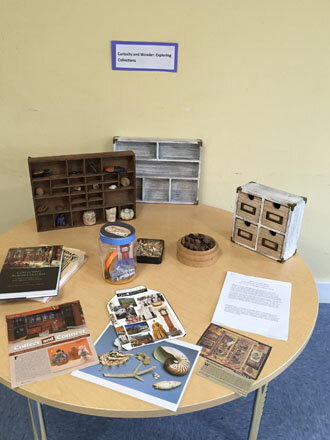
This week’s Maker Monday is inspired by curiosity and the love of collecting. The heart of every museum is its collection of objects. Collecting and curiosity seem to be part of human nature. Long before museums existed, people collected things they liked, things that amazed them, and things that filled them with curiosity. They organized these objects into Cabinets of Curiosity.
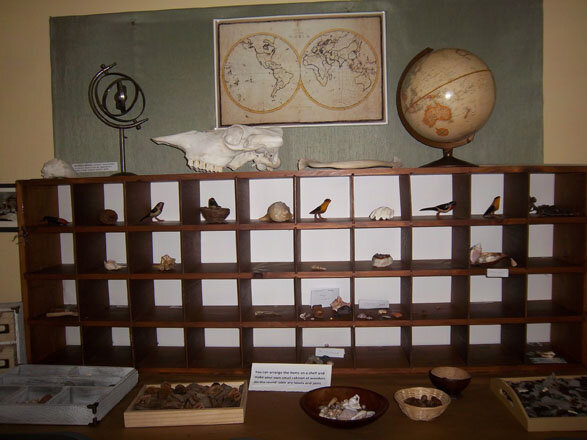
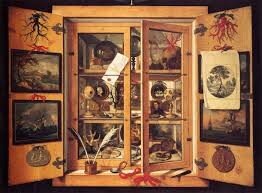
During the sixteenth and seventeenth centuries, people in Europe brought fossils, precious stones, art, insects and other rare objects together into special collections. Collecting and categorizing these objects was a way of understanding the changing world as explorers reached new places and cultures. Europeans displayed their collections in special cabinets filled with these curious and wonderful objects. They carefully organized the objects and invited their friends to see the collections. These cabinets of wonder and curiosity were the origins of our modern museums!
At Historic Deerfield, our founders were particularly fond of historic houses, silver, and textiles. As the museum grew, so did our collections–they came to include books, maps, ceramics, metalware, glass, paintings, and more houses.
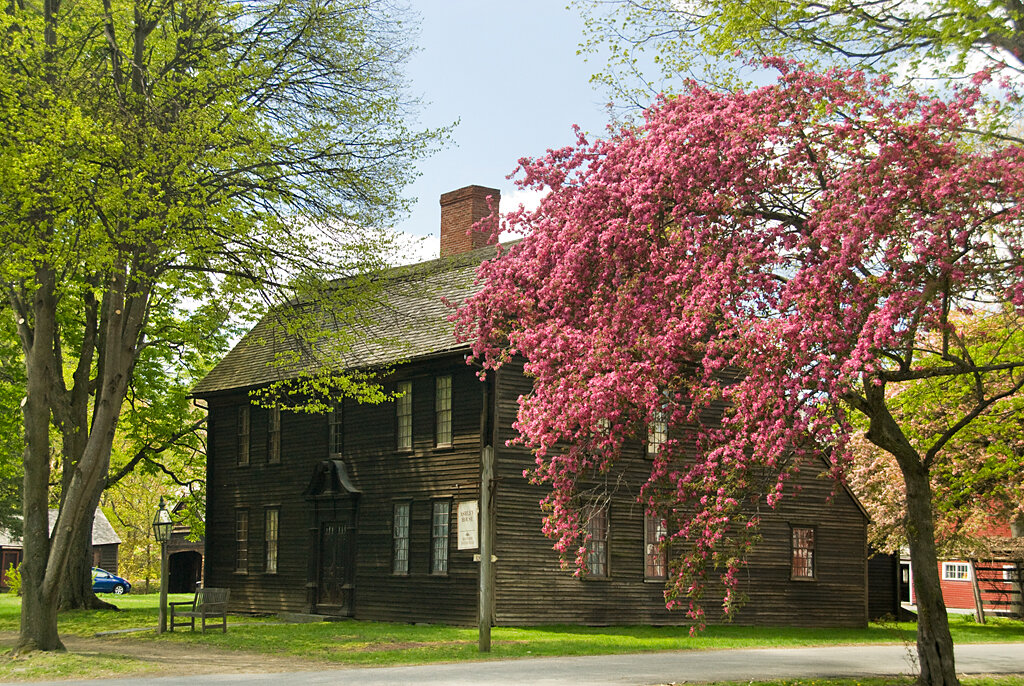
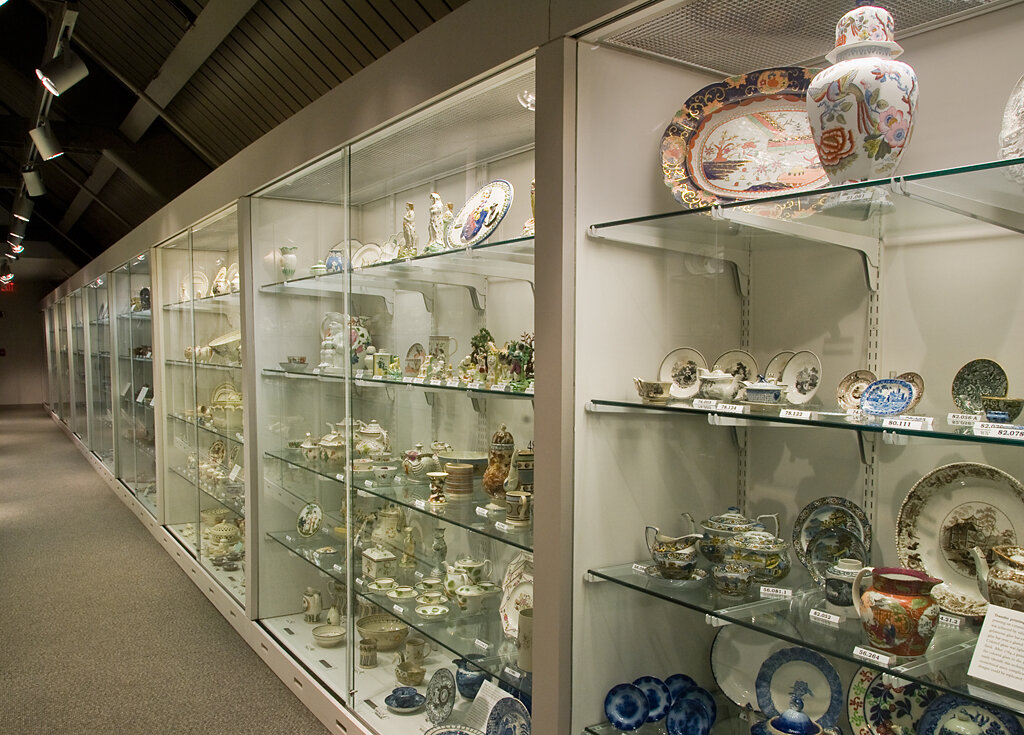
Do you have a collection of favorite items? Why do you like these things? Why put them into a collection? Some common ones are rocks, shells, insects, buttons, dolls, acorns, trains, legos, feathers, sticks…the list is as endless as your imagination. Let’s make one together!
You will need:
1. wonderful, rare, or inspiring objects
2. A box or way to display them
3. Time and curiosity!
Step One: Decide which objects will go into your cabinet and which will not.
Step Two: Categorize your objects. There are many ways to do this. You can categorize them by size, by color, by material, by where you found them, by how old they are, by what they do, or by how much you like them!
Step Three: Build a way to house and display your collection. Here are some suggestions on how to display them:
a) turn a shoe box on its side. You can cut cardboard shelves to fit tightly into the box.
b) A cupcake or muffin tin.
c) a plastic or wooden drawer organizer…
Step Four: Now that you’ve organized, it’s time to reorganize. Find a new way to group your objects into different arrangements. This helps you compare what you have so you understand it all better. It helps you see unexpected connections across different types of objects.
Here are some examples by our Historic Deerfield Educators:
Claire Carlson’s Rock & Glass Cabinets
Here is a bunch of rocks and fossils that Claire Carlson collected over the years. She decided to organize them by color and by what they are (quartz, fossil, fool’s gold, etc). Then she decided to store them in an egg carton so that she could keep them organized.
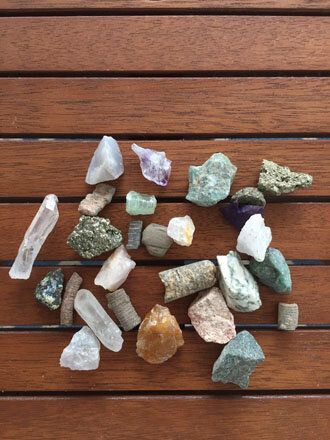
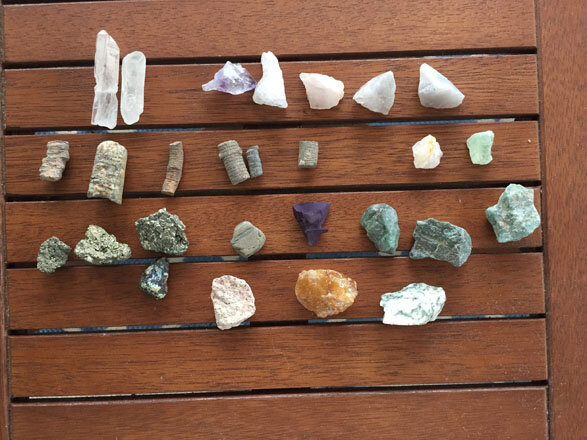
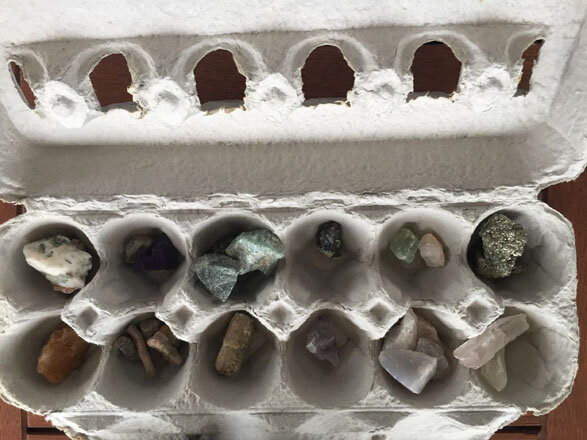
She also loves to collect sea glass when visiting Rocky Neck in Gloucester, Massachusetts. Here is part of the collection laid out on a paper towel. She sorted this collection by color. Then she decided that she wanted to display her collection inside a big shell that she also found on the beach.
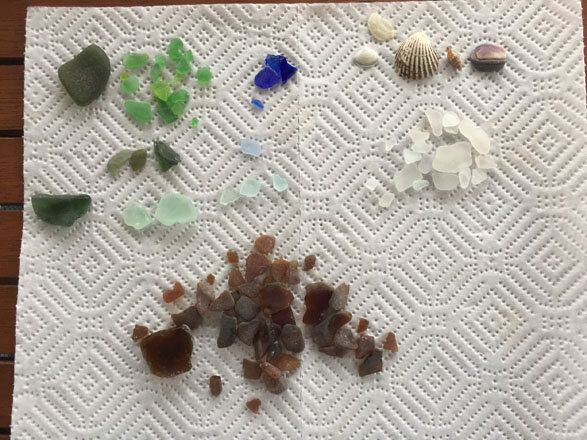
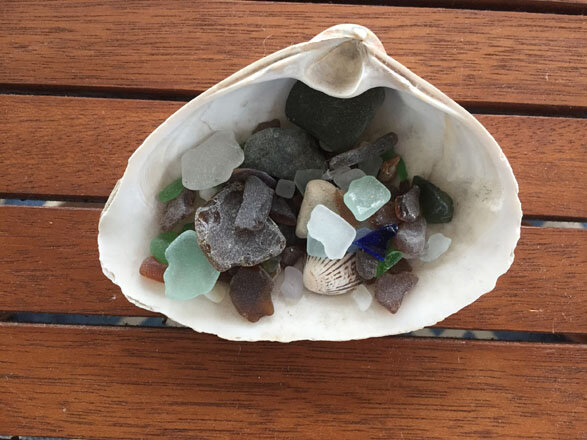
Faith Deering’s Ceramic Animal Collection
Faith has a collection of small ceramic animals. For a long time she kept them all jumbled together in one box. She didn’t know where to put them that would let her enjoy looking at each of the animals.
She made a miniature collector’s cabinet using a plastic container from inside a cookie box. She turned the plastic container on its side. Then she sorted through all the animals. That took a long time but was fun. There were many ways to arrange the collection, but she decided to sort out the animals that might live on a farm and the animals that would live in the sea.
She placed the sea animals on one shelf and the farm animals on another shelf, then she made two labels: Farm Animals and Sea Animals.
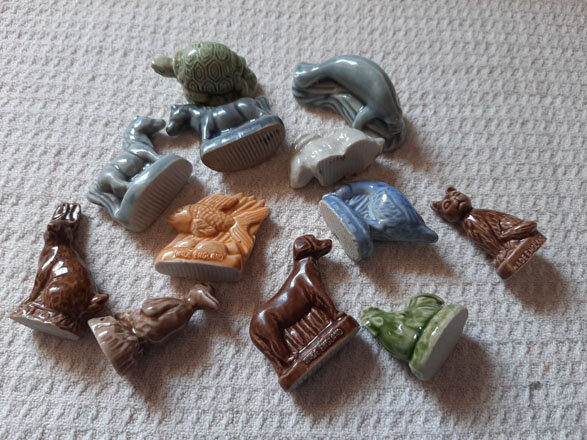
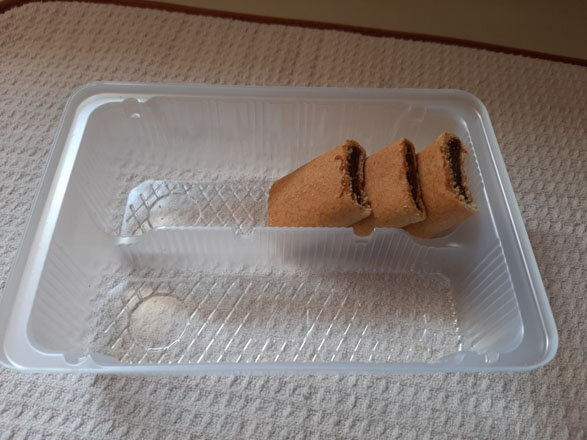
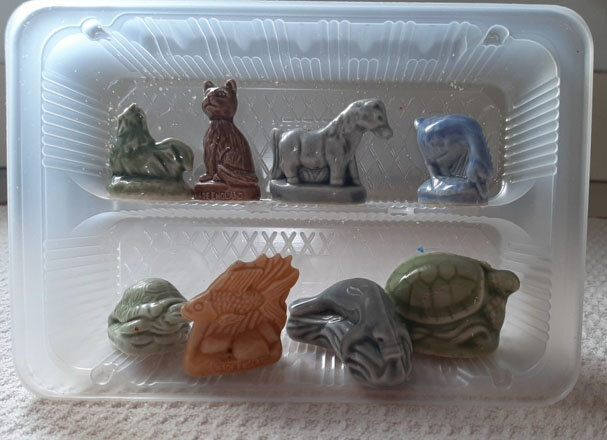
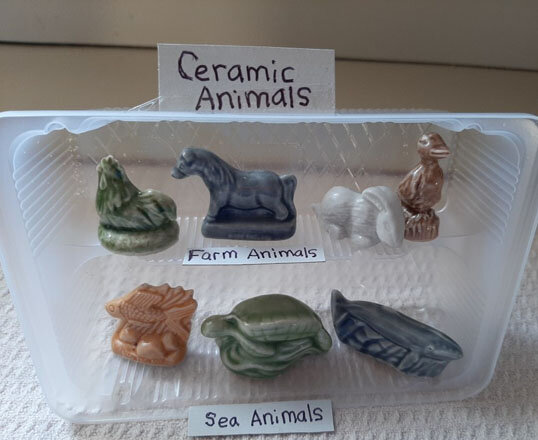
What will you use? Let us know what you decided to use for your collection.
If you can, take photos as you sort, arrange, and label your collection. Share photos and a brief description of your collection with us at historicdeerfield@historicdeerfield.org We can’t wait to see them!
A few years ago, we provided a space at the History Workshop building at Historic Deerfield to explore curiosity and wonder through collections. Here are a few photos from that interactive learning exhibit:
